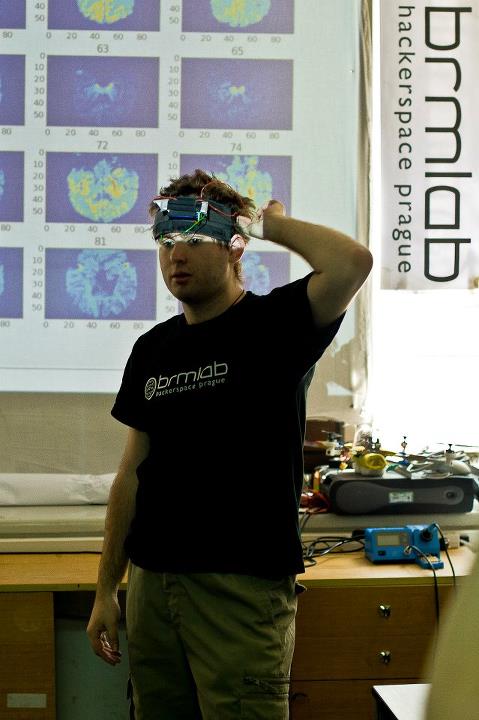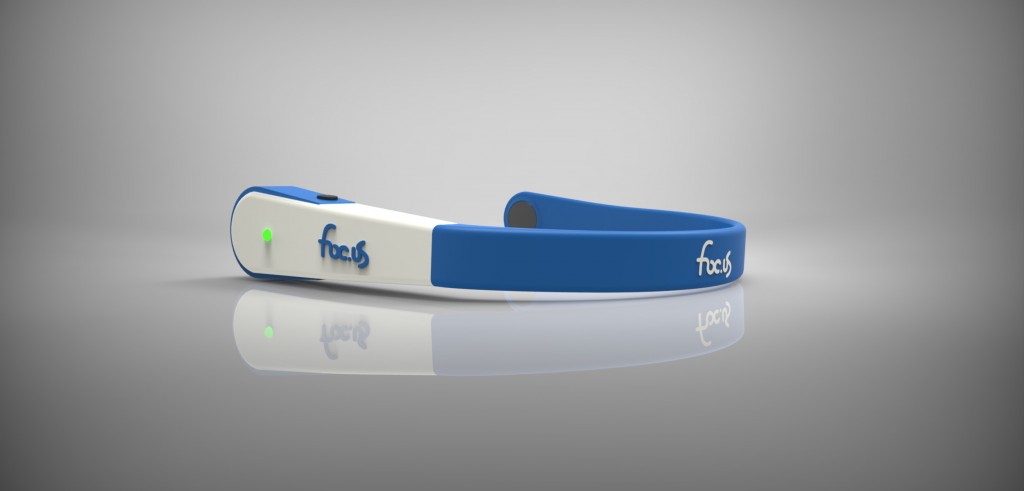Update: Spent a lot of time tracking down the Eldith device today and wherever I found it there was no mention of price. Dave Siever does mention the price and features in comparison to the device his company makes and I thought you might find it interesting. Not sure how much has changed since this was written.
There are presently only two stand-alone devices that produce tDCS. They are: the Eldith DC Stimulator by Neuro Conn, of Germany, which sells for €3000 (about $4,000US) and the CESta, by Mind Alive Inc., of Canada, which sells for $350US. [now $450. + accessories] Both units are current controlled and programmable. The CESta has the added benefits of providing cranio-electro stimulation and micro-electro therapy for muscle work. It also features randomization of the frequency stimulation and usage tracking for patient compliance. The CESta has been “tuned” with the electrodes provided so that at 1 ma stimulation, the active electrode delivers 50 µa/cm2, while the reference electrode produces 18 µa/cm2. This table shows the current density using various sizes at 1 and 2 ma currents.
25 cm2 5 x 5 @ 1 ma = 40 µa/cm2
25 cm2 5 x 5 @ 2 ma = 80 µa/cm2
36 cm2 6 x 6 @ 1 ma = 27 µa/cm2
49 cm2 10 x 10 @ 1 ma = 20.4 µa/cm2
You have to wonder about a tDCS device that doubles as a colloidal silver maker, but in the interest of ‘covering the field’ I wanted to post this video of Mind Alive’s Dave Siever discussing tDCS.
http://www.youtube.com/watch?v=f3eAU5aXQ9E
The photos and diagrams used in the talk can be found here. Mind Alive has a large collection of tDCS related papers and articles available to download (zip file of pdfs).
Mind Alive sells a variety of devices including what I believe are called ‘Mind Machines’-devices intended to alter your brainwaves using light and sound. One of their devices, the Oasis Pro can also be used for tDCS.







